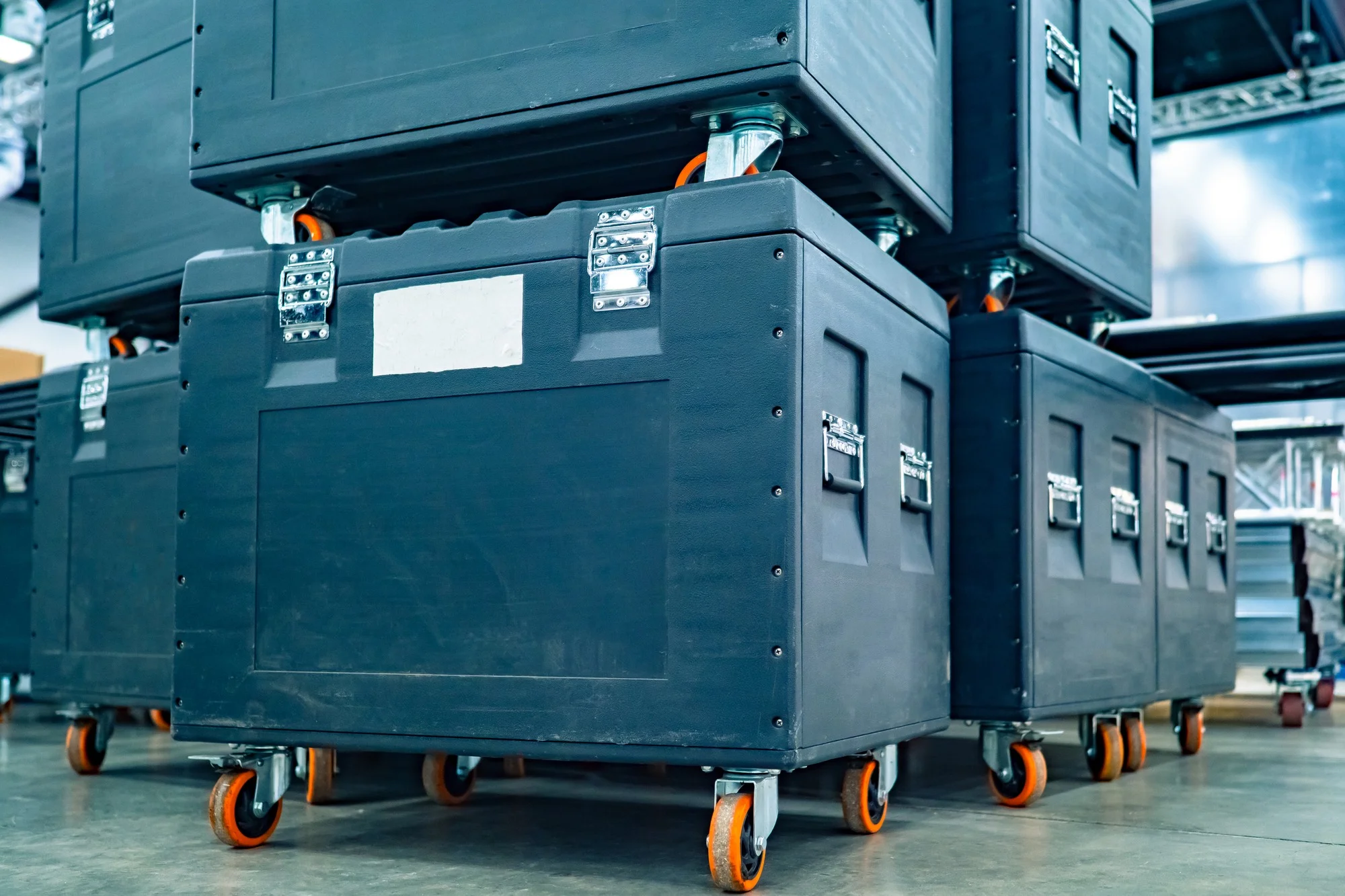Do You Have Equipment In Your Warehouse You’re Keeping Just In Case?

Do you have equipment in your warehouse you’re keeping “just in case?” You assume if a product rents once a year, it has value. It’s better to keep a rental product someone might need than to trash it, right?
Why get rid of an older item when…
- It’s free money!
- Someone needed it last year.
- We have the space.
- Some customers need a cheaper solution.
- We will be the only company that has it.
- We paid too much for it?
While we commonly use these excuses, they’re not rational. We keep thousands of items on our shelves that should be thrown away. But old rental items are not as valuable as you may think.
In reality, the most valuable asset in your warehouse is floor space.
4 Reasons Not To Keep Old Equipment
Parting with old equipment can seem counterintuitive. We assume since we already made the purchase, it’s not costing us any more. However, keeping old equipment costs you valuable floor space, product sales, productivity, and profit. Here’s how:
Floor Space
Floor space is important. Anything taking up floor space works against your goal of running your business efficiently. To keep floor space open, all equipment should be stored on a shelf.
Even if all older equipment is on a shelf, that still doesn’t mean you should keep it. If there’s anything remaining on your floor, it’s because the shelves are full. Clear the older equipment from your shelves so you can clear the newer equipment from your floor.
Product Sales
Keeping old equipment cannibalizes new product sales. When I started running my AV business in the 90s, technology changed so fast it made your head spin. Completely new projector technologies came out every six months. If we bought them, we made the projectors we purchased less than a year before obsolete.
While these progressions have slowed down, the same truth still applies. When you buy something new without retiring what is old, you cannibalize your new product sales. The new product displaces the old product as it eats up the entire sales volume for that demand. It’s better to get rid of the old equipment when you’re ready to upgrade.
Productivity
Old equipment taking up space in your warehouse compromises productivity. If you move it around or move other things around it, your warehouse doesn’t run as efficiently as it could.
An efficient warehouse needs ample floor space and shelves tightly packed to the ceiling as a means to maximize the team’s productivity.
Profit
If you keep a piece of equipment because it’s rare, it should cost your customers more (not less). However, if it’s dated and therefore less valuable, it takes away from the profit you’d make by renting the newer equipment. The only reason to keep rare equipment is because someone will pay more to use it — not so they can get a better deal on the outdated item.
What To Keep (and What Not To Keep)
Maximizing floor space requires you to make intentional decisions about what you’re willing to store in the warehouse. How do you know what’s worth keeping? Ask yourself these five questions to find out.
What’s my core business?
Focus on your core business. If your core business is renting antique technology and you want to have Sony MPUF100s and Tube Cameras on your shelf, make sure that’s your core business.
Can I sell new technology?
If you think selling new items will be an obstacle, you may need to work on becoming a better salesperson. If you have a customer who wants old technology because they’re cheap or uncreative, you need to counter their request with a reasonable solution and move them up to the next level.
Help them accomplish their goal of saving money or simplifying the job with better technology. A great salesperson helps customers feel comfortable with the upgrade.
What am I storing for customers?
Review what you keep in stock for specific customers.
Picture your warehouse. Somewhere in a far corner are two giant flats… and they’ve been there for years. Maybe you paid a heavy price to buy an item for a client several years ago and it’s been there ever since. While your warehouse team sees many other uses for that corner, it’s the only place that stuff fits.
Sometimes you store items for your customers because they’re too lazy to throw it away. Just call them and say, “I’m still storing this for you. I’m going to throw it away or I can bring it to you.” Don’t sacrifice floor space and productivity simply because they don’t want to take the time to get rid of it themselves.
Do I have a clear CAPEX strategy?
Organize your CAPEX strategy. Know why you’re buying things so you know what you’re going to retire with the purchase of a new item. When you buy a new product, an old product is affected by that purchase so anticipate what it will replace and get rid of the old products.
What makes financial sense?
Just because an item is still renting doesn’t mean you should keep it.
Do the math. When a featured product is worth less than 30% of its purchase price, it might be time to get rid of it — even if it’s still viable. Viable does NOT mean “optimal” — it just means you could use it if you have to.
When a product’s resale value dips below 30%, its rental value tanks quickly. So, offload it, make a few dollars, free up space, and reinvest the money in something else. That’s the simple math that makes the most sense.
(This does not apply to generic support items that last for years, but you knew that.)
Stop keeping products forever because they might be needed eventually. Instead, maximize your most valuable asset — your floor space — so you can run your business efficiently, productively, and profitably.
